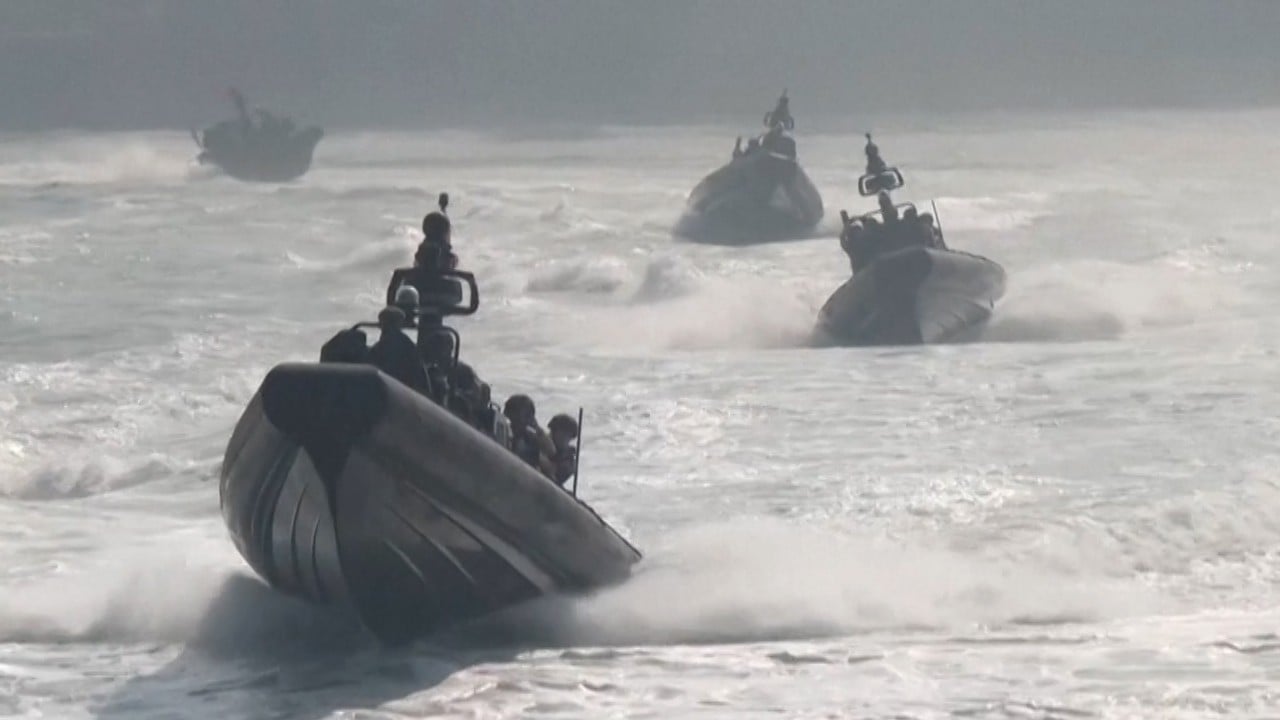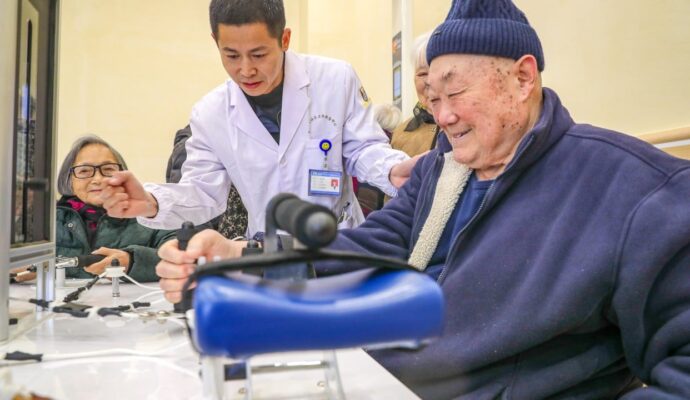Beijing, Shanghai, Guangdong, and Hunan are among the other municipalities and provinces that have set up their own offices.
One major change under the reform was to have provincial governments take over coordination of defence mobilisation from local military districts, which previously oversaw the task. The provincial governments, which can more easily coordinate between different administrative agencies, are expected to be able to carry out mobilisation more efficiently.
With the cooperation of provincial governments, local defence mobilisation offices have ramped up efforts such as holding educational events and joint training with emergency departments.
Xiamen, a coastal city in Fujian, held over 1,200 national defence education activities attended by more than 860,000 participants in total over the past year, according to Xiamen TV.
Last month, local defence mobilisation officials in Liu’an, a city in the southeastern province of Anhui, held joint training with civilian units from the city’s water and power supply, wartime rescue, psychological counselling agencies.
In Shijiazhuang, provincial capital of the northern Hebei province, local officials turned a residential area into a “national defence mobilisation community” with air defence emergency signs and posters about where to find shelters during wartime.
Local government officials across China have also increased exchanges with military officials to forge “military-political relations” in response to Xi’s call for high quality defence development.
Last month, Sichuan’s party chief Wang Xiaohui and other provincial officials appeared in military uniform at a “defence day” event at a local military base.
China has pushed for more military and civilian integration, including the development of dual-use technologies, to modernise its army in the face of growing geopolitical challenges and a rivalry with the US.
Last month, Beijing imposed export controls on key technologies, including laser radars, drones and biotechnology products, in response to US restrictions limiting China’s access to advanced technology.



